Michelangelo Merisi da Caravaggio, better known simply as Caravaggio, in Naples lived for only eighteen months between October 1606 and June 1607 and subsequently in the autumn of 1609 until his death occurred in 1610 in Porto Ercole on the return journey from Naples to Rome.
Despite the brevity, it was an intense and fundamental period for his artistic production and for his life. Caravaggio in Naples created several masterpieces. In this article you will read an itinerary among the masterpieces that will allow you to appreciate them to the fullest.

Caravaggio in Naples
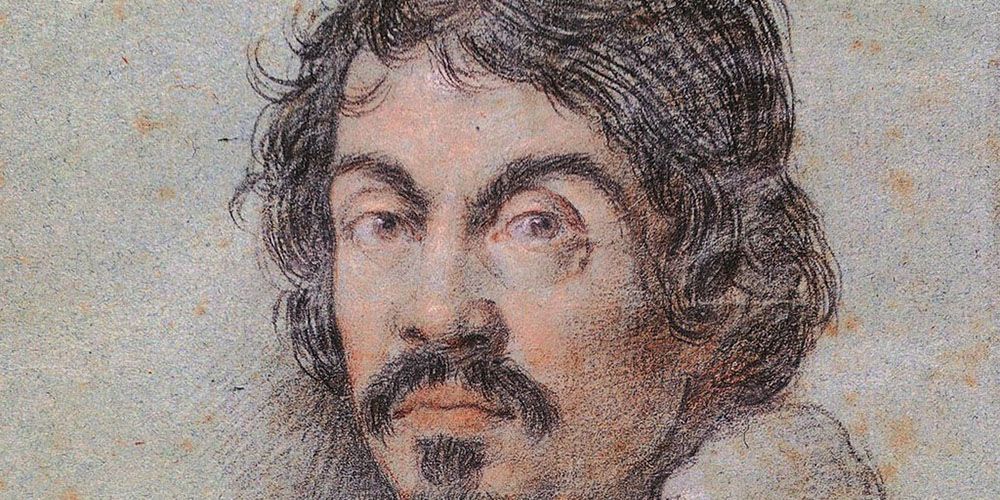
Defined as a restless painter, in love with light, Caravaggio created extraordinary and revolutionary works from which the observer still today draws the passion and inspiration of the genius who created them.
Caravaggio in Naples established a close bond with the city which indelibly marked his poetics and profoundly influenced local artists, determining an incisive impact on the Neapolitan school of painting, laying the foundations for the birth of Neapolitan Naturalism.
Michelangelo Merisi's life was troubled, those unruly lives that only geniuses with fire in their bodies can afford. Naples welcomed a fugitive Caravaggio, who had escaped from Rome, where he had been sentenced to death for the murder of Ranuccio Tomassoni. During his months of stay Caravaggio was tormented by a sense of guilt and all Neapolitan production was affected by this aspect. The works produced in this city have a particular tension, the drama of those days and his experience comes out. The itinerary that we propose follows a path in stages and a chronological sense, starting from the first work created in Naples.
First stage: Pio Monte della Misericordia
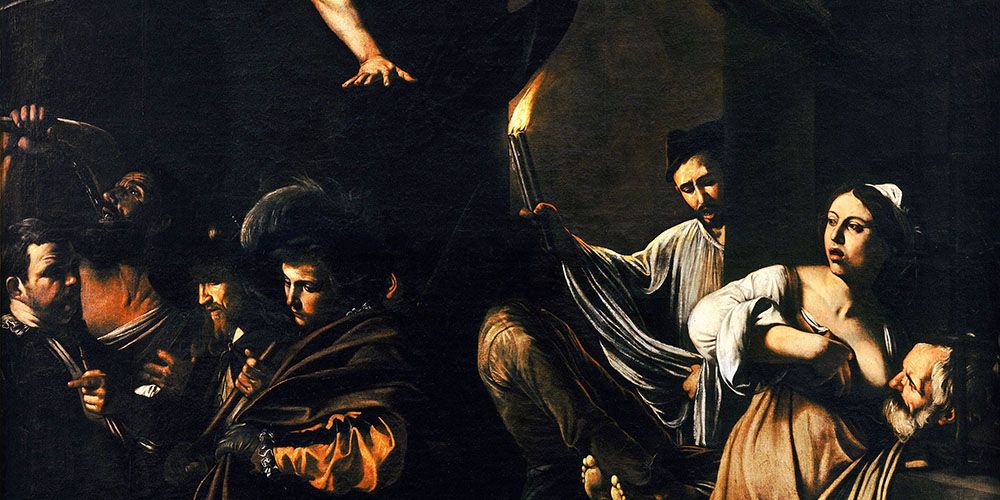
We begin our journey from the baroque church of Pio Monte della Misericordia, one of the most beautiful buildings of the Neapolitan seventeenth century, we are in the heart of the Neapolitan capital in via dei Tribunali number 243. The Pio Monte della Misericordia was established in 1602 by a charitable congregation made up of the city's aristocrats. Charity activities are still carried out inside the building through inclusive, educational, and supportive social projects and initiatives.
It is in this church that we find the first work painted by Caravaggio in Naples: Sette opera di Misericordia (Seven Works of Mercy), a large oil on canvas, placed above the main altar. The work depicts the corporal works of mercy taken from the Gospel of Matthew and the subject of the charitable activities of the Mount. The scene is complex, the characters are arranged in a theatrical way, the use of light is exceptional, it seems that a beam of divine solar rays has forcefully entered the scene. At the top is the Madonna with child supported by angels, below the Madonna are all the seven works of mercy (feeding the hungry, burying the dead, dressing the naked and visiting the sick, hosting pilgrims, giving drink to the thirsty) interpreted from the poetics of Caravaggio with a mix of characters taken from the street.
The work was paid the exorbitant sum of 400 ducats and had a great success, so much so that in 1613 the Governors of the Mount had to forbid its copying and sale for all the painters who went to draw inspiration. One of the novelties that Caravaggio included in this work was to bring together the seven acts of Christian virtue, all within the same work and not separately. If you pay attention inside the church next to the Caravaggesque masterpiece you can admire six other masterpieces by the Masters of the Neapolitan seventeenth century.
If you want to dive into the past and relive Naples in the 17th century, immersing yourself in a sensory journey, the Caravaggio experience in 3D at the Pio Monte della Misericordia is absolutely recommended. With this journey, as well as getting to know a great artist and his works more closely, you will also be able to discover how the ancient institution of Pio Monte della Misericordia was born.
The Pio Monte della Misericordia is open from Monday to Saturday from 9.00 to 18.00 and Sunday from 9.00 to 14.30.
Discover moreSecond stop: Museum and Real Bosco Capodimonte
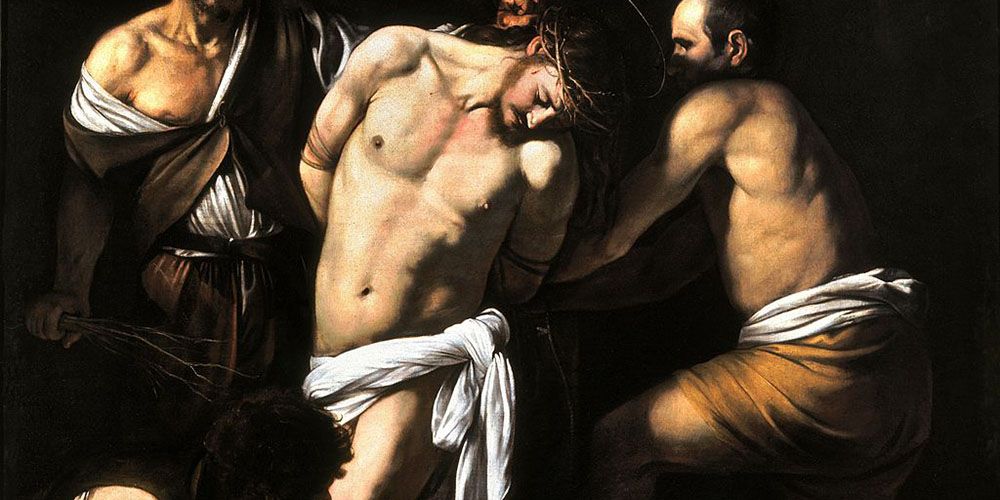
Leaving the church with still the energy to walk you can take a pleasant walk through the historic center continuing Via dei Tribunali, passing next to the San Severo Chapel Museum, then from Piazza Dante continue on Via Toledo up to Piazza del Plebiscito, there, in the adjacent Piazza Trieste e Trento the Capodimonte shuttle, departing every hour will take you to Capodimonte. Alternatively, if you don't feel like walking, you can reach Capodimonte directly from Pio Monte della Misericordia with buses 168 and 204.
The Museo e Real Bosco Capodimonte is a splendid palace with an adjoining historic garden where we recommend you reserve several hours, also to enjoy the regenerating Real Bosco, born as a hunting reserve for Re Carlo and has been a royal residence for dynasties, it covers an area of about 134 hectares and 400 different plant species.
At the Capodimonte Museum we find the second work by Caravaggio: La Flagellazione di Cristo (The Flagellation of Christ), dating back to 1607, is an oil on canvas work of monumental dimensions, originally created for the chapel of the De Franchis family, in the church of San Domenico Maggiore. Three torturers move in the shadows and revolve around the central figure of Christ with a luminous and robust body, tied to a column with a crown of thorns placed on his head. The son of God is in the center of the canvas flooded by a powerful beam of light that reveals to us the wise use of light made by Caravaggio. For this work, Caravaggio refers to a painting done years earlier by Sebastiano del Piombo, which is in the church of San Pietro in Montorio in Rome. This work by Caravaggio was also particularly appreciated by the Neapolitan artistic environment and was considered one of the painter's most heartbreaking works.
A great way to visit both the Capodimonte Museum and the Pio Monte di Pietà and thus observe the master's two works is with a tourist pass such as Naples Pass, which allows free admission to the city's major attractions, as well as included transportation.
Discover more about Naples PassThird stage: Gallerie d’Italia, Palazzo Piacentini
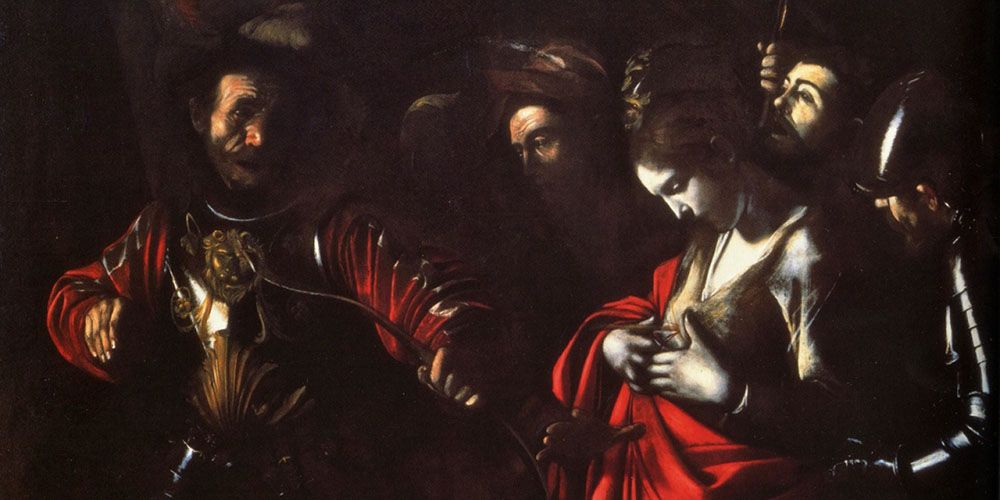
Leaving the Capodimonte Museum you can head towards the last stage of our Caravaggio itinerary in Naples. The fastest way is to take bus 204 which will leave you a few minutes from the Gallerie d'Italia Via Toledo 177, headquarters of Banca Intesa, this is where we find the last masterpiece of the painter, created in 1610, a few months before his death: Il Martirio di Sant’Orsola (The martyrdom of Saint Ursula).
The canvas was commissioned by the Genoese banker Marcantonio Doria, given that the Saint was considered protector of the Doria family, the banker chose the subject of the Martyrdom of Saint Ursula in honor of his stepdaughter. The canvas was painted quickly and shipped to Genoa with great promptness, it is said that the paint was still fresh when it arrived at its destination. The reason for the hurry was due to the possible grace that the Pope had to grant the painter and for which he wanted to reach Rome soon, in fact Caravaggio died months later in unclear circumstances precisely on the journey that was to take him to the capital.
In the Martyrdom of Sant'Orsola, Caravaggio decided to represent the moment in which the Saint is pierced with an arrow by the Hun Attila, having refused to grant herself to him. The scene that takes place in Attila's tent is represented in a very dramatic way; the Saint is depicted with a leaden complexion that sees her already detached from earthly life. Behind her three barbarians rush to support her, almost incredulous of Attila's gesture, the one immediately behind the Saint is Caravaggio himself, with his mouth slightly open and an expression of apprehension seems wanting to share the suffering of Saint Ursula.
After a long period of stay in Liguria, the canvas was brought to Naples by Maria Doria in 1832, after various vicissitudes in 1972 it was purchased by the Italian commercial bank but was considered the work of another artist, the attribution to Caravaggio was only ascertained in the 80s after having found various documents proving the transfer of ownership of the painting and the commission letter.
Here concludes our itinerary of Caravaggio in Naples, the works described above are the only three lefts in the city where they were made, in his Neapolitan period the artist created many other works, some were lost, and others moves in other cities.
About the author
Written on 28/08/2023


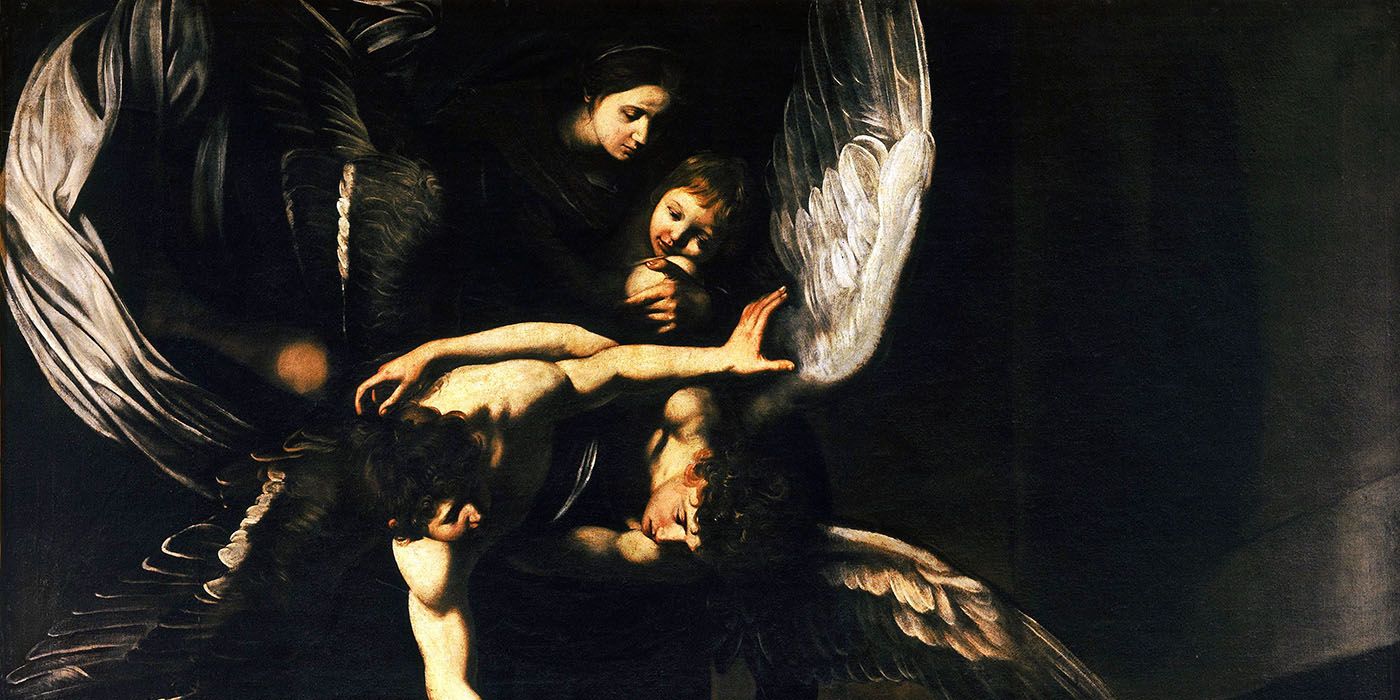

Chiarastella Campanelli
Caravaggio in Naples: a tour among the Neapolitan masterpieces of the brilliant painter. Where to go, and what to see.